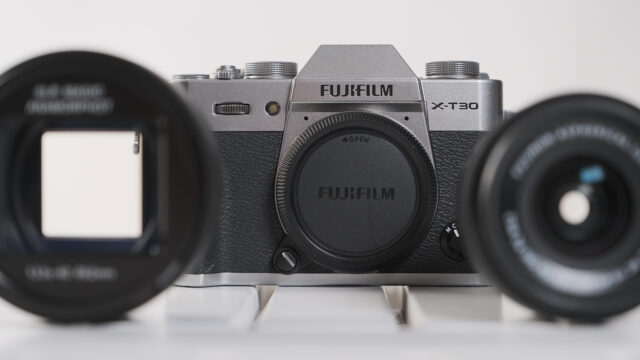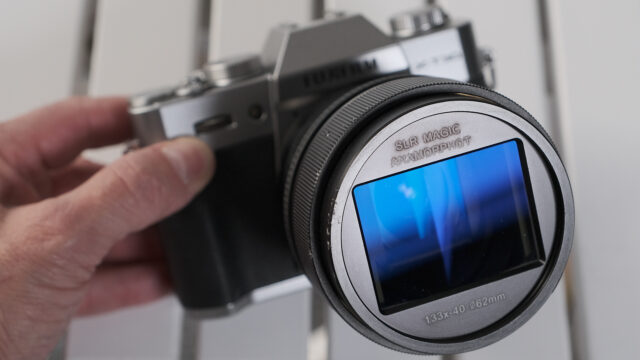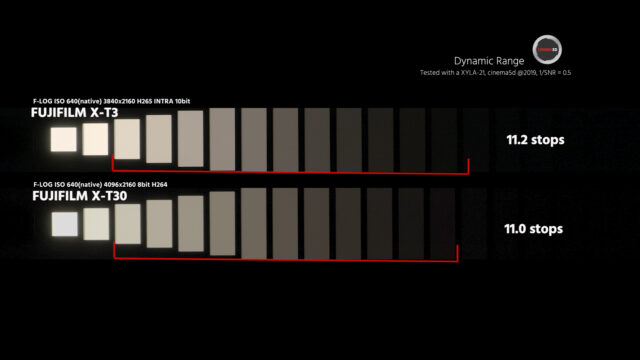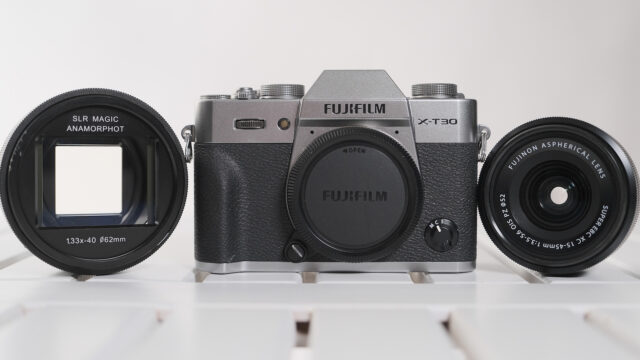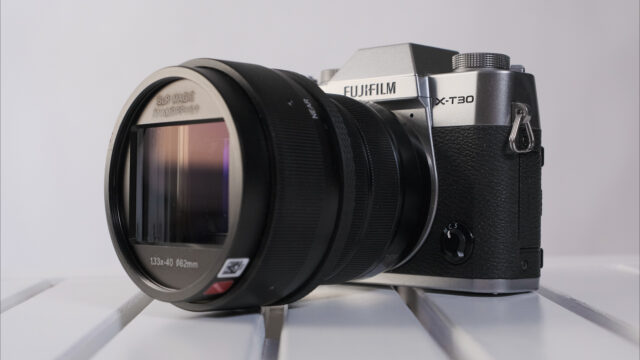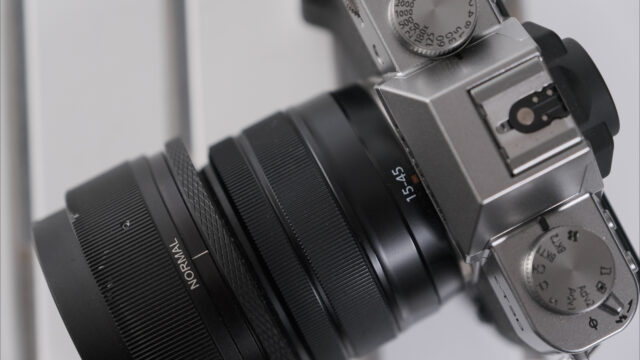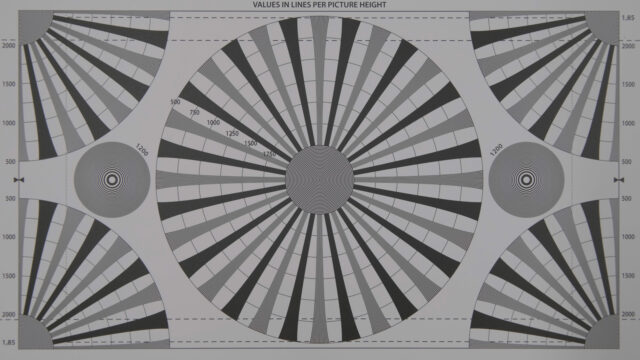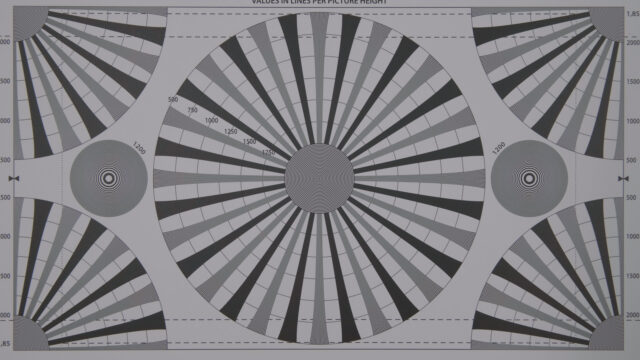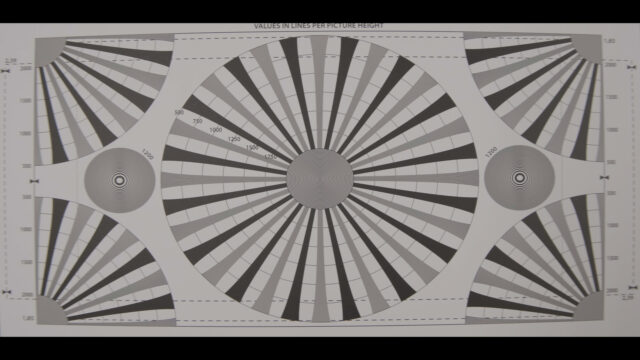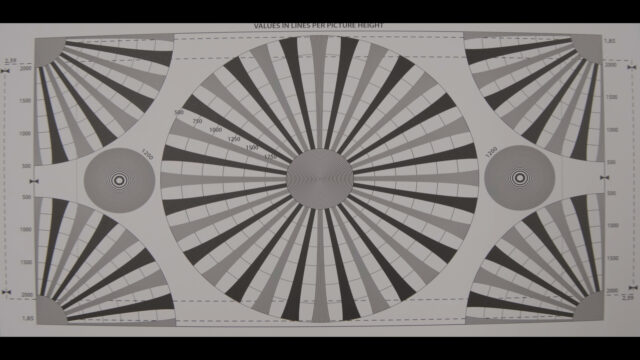Anamorphic, Affordable: FUJIFILM X-T30 & SLR Magic Anamorphot-40 1.33x Review
Music Courtesy of MusicVine.com Get 25% off your next music license with code C5D25 (valid for one use per customer)
FUJIFILM’s latest creation, the X-T30, is now shipping and although it has been sitting on my desk for quite a while, different assignments had prevented me from reviewing it up until last week. Now that the time was right to take a closer look at it, I’ve decided to fulfil one of my longtime wishes and see if I can come up with a small yet capable and very affordable solution for shooting in an “anamorphic way”. Something that won’t require me to break a savings account or ask for a loan… Interested in hearing more? Keep on reading.
It’s the end of April. The FUJIFILM X-T30 is sitting on my desk, looking a bit lonely. My last attempt to review it ended up being an SLR Magic MicroPrime Cine X-Mount Lenses Review. Not having enough time to shoot ‘Place for Grace‘ solely on the X-T30 made me ask for Nino’s help and shoot that story together on both, the X-T30 and X-T3, too. Some time has passed and my fingers got itchy. This little camera deserves a treatment and a review for itself, but filming with it might have ended up being “another FUJIFILM X-T30 review” and that’s what I was trying to avoid.
Time to Fulfil an old Wish
I love the idea of anamorphic shooting, but sadly, I don’t get enough chances to practice it. There are many reasons “why to do it” – primarily, because it is one of those things that can bring you a bit closer to a real cinematic look. On the other hand, real anamorphic lenses still cost a fortune and – no matter how we look at it – they’re barely accessible to the independent run & gun filmmaker. That’s where anamorphic lens adapters come into play. If you are on a budget and want to practice anamorphic shooting, those are a valid option.
So, I have one of the smallest APS-C sensor and very affordable mirrorless cameras sitting on my desk – but how do I bring it to fulfil and old wish and shoot anamorphic looking video?
Filmmaking for Photographers
Before continuing, a bit about the video capabilities of the camera itself, as I truly believe that FUJIFILM did a good job at finding the balance between camera size, performance and price of such a filming device.
FUJIFILM X-T30 at a Glance (Video Recording Highlights)
This very small camera can record video in MOV H264 file format up to 4K 17:9 DCI (4096×2160) resolution in various frame rates (24/25/30p) at up to 200 Mbps. Video is being recorded in 8-bit internally and 10-bit 4:2:2 externally via HDMI (micro connector Type D) when connected to an external recorder. It has FUJIFILM’s ETERNA film simulation picture profile and an F-Log recording option for greater grading flexibility and higher Dynamic Range (when compared to filming in ETERNA film simulation picture profile). External audio recording and monitoring is possible, too (recording via non-standard 2.5 connector and monitoring via USB-C to 3.5mm mini jack adapter cable, compatible with analog audio input/output in the USB-C Audio Adapter Accessory Mode). When filming in 4K, the recording time is limited to (approx.) 10 minutes per recording session and due to its small size, no IBIS (In Body Stabilisation System) can be found. The camera’s autofocus function is fast and accurate, most of the time. The touch screen LCD and EVF are both fine, considering the price of the camera, which is very competitive ($899 for the body only). Now, if you want to keep the camera extremely compact and add a fine lightweight stabilized zoom lens to it, take a closer look at the FUJIFILM XC 15-45mm f/3.5-5.6 OIS PZ Lens. Alone it is being sold for $299 but when bought together with the X-T30 it will cost you $100 only!
I also asked my colleague and our cinema5D lab test specialist Gunther Machu to contribute and test the Dynamic Range of the FUJIFILM X-T30. Here is what he had to say:
FUJIFILM X-T30 – Dynamic Range Test and Explanation
To start with, please take a look at how we perform our Dynamic Range tests by clicking here.
In general, the Dynamic Range of the FUJIFILM X-T30 is almost the same as the FUJIFILM X-T3’s, which comes at no surprise, as the sensor and image processor are the same. The codec options, however, are different, as the X-T30 features an internal H264 8-bit recording, only. (As opposed to the H265 10-bit the X-T3 offers).
Because I am always interested in seeing how the internal Noise Reduction affects the camera, I have tested two scenarios:
- a.) with noise reduction (NR) turned to -4
- b.) with noise reduction (NR) turned to +4
During my tests, when tuning NR to -4 (less noise reduction, hence, more noise), I got a slightly lower Dynamic Range figure. 11.0 stops of Dynamic Range to be precise for a signal to noise ratio (SNR) of SNR=2 (12.3 stops for an SNR = 1).
Then, when turning NR to +4, the results were the opposite. I got a slightly higher Dynamic Range figure. 11.2 stops of Dynamic Range at SNR=2 (12.5 stops at SNR = 1). So, 0.2 stops more Dynamic Range as the shadows are a tiny bit cleaner.
As can be seen from the results, noise reduction going from +4 to -4 has very little effect on the final image.
This corresponds almost exactly with the values we are getting from the FUJIFILM X-T3.
From the below comparison you can see that we show the X-T3 with 11.2 stops of DR– a slight difference, which could be the case due to the different codecs (10bit H265 all Intra 400Mbit/s on the X-T3 vs. 200Mbit/s 8-bit H264 on the X-T30).
Affordable Anamorphic Option for All?
Now we have a small, capable camera and a fine zoom lens costing less than $1.000. That’s when it gets interesting to me…
Funny enough and completely unintentionally, I have to come back and mention one of SLR Magic’s offerings, the Anamorphot-40 1.33x. This modestly priced anamorphic lens adapter is a perfect solution for anyone who is on a small budget, yet in search of achieving a unique look. Furthermore, it can be attached PERFECTLY to the FUJIFILM XC 15-45mm lens, allowing for easy operation and not less important, taking advantage of the camera/lens fast autofocus capability, making it almost ideal for a “One Man Band” operation. Please make NO mistake. Optically speaking, this lens/anamorphic adapter combination is far from perfection, BUT the image quality and ease of use – considering the price point – is unbeatable.
In The Field
If I had to summarise my findings in one word, it would be “Freedom”…
The FUJIFILM X-T30:
True, 8-bit internal video recording is far from being ideal. When shooting on the camera’s highest 200Mbps data rate, Macro blocking and banding is very evident, mostly on single color surfaces like a blue sky and skin tones. On top, the lack of IBIS is frustrating, especially as this size of camera cries for one, yet it is nice to use, mostly because it is not complicated and very “mobile”. (By the way, thank you FUJIFILM for releasing the latest firmware update and making the “Q button” much less sensitive to use). When it comes to the anamorphic filming experience itself, it is worth mentioning that there is NO “squeeze” option in any of the FUJIFILM cameras, including the X-T30, so framing must be composed with a bit of guessing.
The FUJIFILM XC 15-45mm lens:
This lens is FUJIFILM’s most compact and lightweight zoom lens. Although the handling of this lens is average (for example, an unmarked electronic zoom is preventing one from knowing focal length positions), I was grateful to see it is sharp enough to produce nice images. Also, its aperture starting at f/4.0 (it is actually a f/3.5 on the wide side lens, but as you zoom in the aperture changes), meant I was able to reduce its soft image when lens aperture was wide open, so the immediate result was a sharper image. It should also be taken into account that the wider focal length of this lens (15mm) is not usable for our anamorphic purpose. As the camera does NOT communicate with the lens in order to give focal length values, I can presume it is being usable from 25mm onward. Simply play with the lens’ electronic zoom ring until the point of not seeing the “back frame” caused by attaching the anamorphic adapter, in order to bring you to a usable focal length starting point. On the positive side, when turning the camera OFF and then ON again, the last focal length is being kept in the camera’s memory – so there was no need to repeat this “zooming process” every time when switching the camera on . A word about the lens’ internal stabiliser: Of course it is very useful, especially as the camera does not support IBIS, BUT I find it to be a bit weak, hence, 95% of the shots in the above video had to be stabilised in post.
The Compact Anamorphot-40 1.33x anamorphic adapter:
I’ve already reviewed this adapter about 2 years ago and also tried to explain and highlight the benefits of using anamorphic lens adapters in general, but this time I felt that the combination of camera/lens/anamorphic adapter was simply right and indeed, creating a 2.35:1 image on the FUJIFILM X-T30 16:9 sensor camera was a pleasant experience. This particular adapter allows for the usage of the camera’s autofocus system (just make sure to turn its front barrel to “NEAR” if you get too close to an object, otherwise leave it on “NORMAL”). Also, from the optical point of view, as mentioned before, f/4 should be the most open aperture to be used with this adapter, otherwise you risk a very noticeable drop in visual quality. As you can see from the exported images below, the more you close the lens’ aperture, the sharper the image gets.
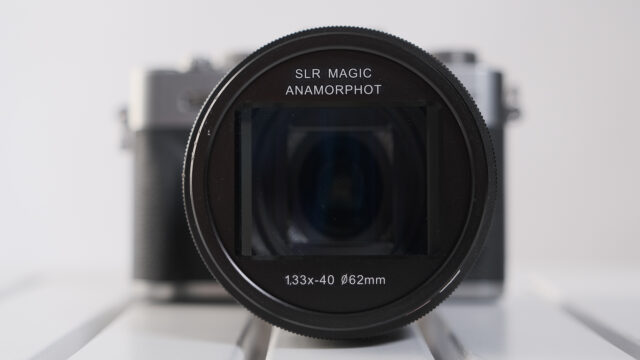
FUJIFILM X-T30, SLR Magic Anamorphot-40 1.33x Anamorphic Adapter (Compact)
Conclusion
All in all, I’m rather satisfied with the overall performance of this assembled anamorphic kit. For $1450, the results are fine. In fact, I’m not so sure if anything else but anamorphic mobile phone filming comes closer in terms of pricing and, of course, the achieved picture quality is higher here. In an age where so much of what we see looks and feels like “more of the same”, this is an opportunity to deliver a bit of a different look, without breaking the bank or cropping the image in post and throwing away a lot of the recorded information.
Bear in mind that an upgraded version of this modestly priced kit could easily be achieved by using the X-T3 instead of the X-T30. Using the even more capable X-T3 will instantly result in getting rid of banding and 8-bit internal encoding issues. Unfortunately, both the FUJIFILM X-T3 and XC 15-45mm lens are not being sold together as a kit, but in case we will identify requests for such a kit, we will surely let FUJIFILM and B&H know.
Technical information: The above video was shot on a FUJIFILM X-T30 at 200Mbps, 4K DCI, 25fps, F-Log picture profile. Lens: FUJIFILM XC 15-45mm f/3.5-5.6 OIS PZ. Lens adapter: SLR Magic Anamorphot-40 1.33x Anamorphic Adapter (Compact). Edited on Adobe Premiere CC latest edition, LUT supplied by Lutify.me. Additional info about the SLR Magic compact adapter can be found by clicking here.
The music used in the video above is courtesy of Music Vine. Get 25% off your next music license with code C5D25 (valid for one use per customer).
Would you consider filming with anamorphic adapters or doesn’t it count for you if it’s not a real anamorphic lens? Share with us your thoughts in the comment section below.
